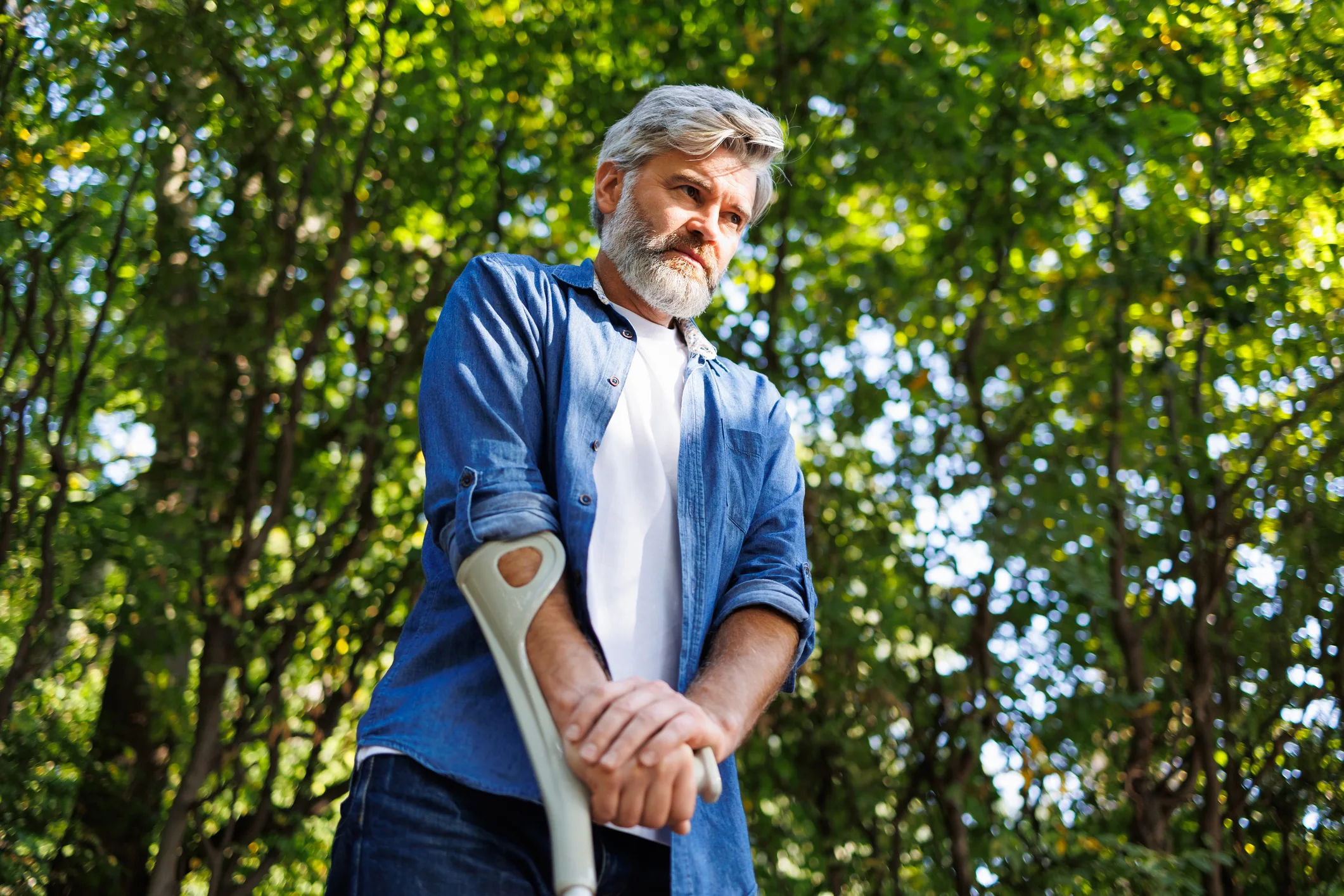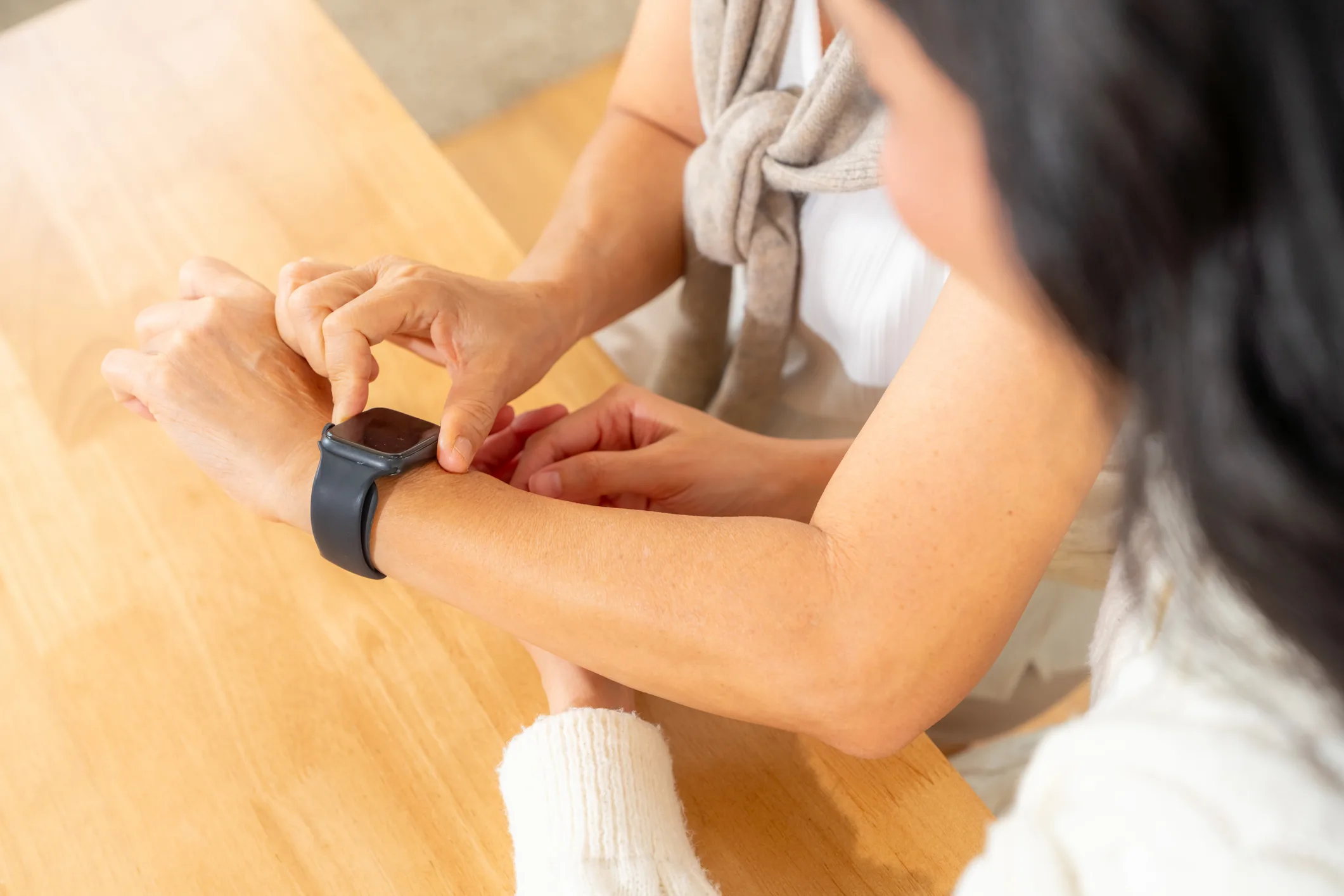We all perform various physical activities throughout the day. Everything from getting up out of a chair, getting up off the floor, putting something on a shelf or carrying heavy objects. So while some people exercise because they want to lose weight, maintain weight, tone up or relieve stress, others simply want to be able go through their daily life without feeling any pain or being winded. By strengthening your muscles in the same way you would need to use them for certain tasks, you can reduce your risk of injury and increase your quality of life. You don’t have to worry about straining or pulling something. This is where functional fitness exercising comes in.
What Is Functional Fitness?
Functional fitness training is a type of strength training that focuses on exercises that mimic everyday movements. This means that instead of isolating specific muscle groups (biceps. triceps, quads, etc), functional fitness exercises use multiple muscle groups at once to improve your overall strength, balance, coordination, and stability.
What are some of the benefits of functional fitness?
Improved daily function: Functional fitness helps you perform everyday tasks with greater ease and efficiency.
Reduced risk of injury: By strengthening your muscles and improving your balance, functional fitness can help you avoid injuries.
Enhanced athletic performance: Functional fitness can improve your power, speed, agility, and endurance.
Boosted metabolism: Functional fitness helps you burn more calories, which can help you lose weight or maintain a healthy weight.
Better posture: Functional fitness helps you develop strong core muscles, which can improve your posture.
Increased confidence: Feeling stronger and more capable can boost your self-confidence.
What are some examples of functional fitness exercises?
Squats
Squatting is a similar movement to sitting in a chair, so it should be included in any functional fitness routine. Although the movements appear relatively simple, squats can take time to master. Squats are a compound, multi-joint movement, which means they exercise several muscle groups. When you perform a squat, you work your calves, quads, hamstrings, glutes, core and part of your back.
Here’s How:
- Stand straight with your feet shoulder-width apart and your arms down at your sides.
- Bend your knees and start to squat down, pushing back into your hips, almost as if you’re about to sit in a chair. Raise your arms up in front of you as you go.
- When your thighs are parallel to the ground, pause and push through your heels, extending your legs and returning to the starting position.
- Complete 2 sets of 15 reps.
Incline chest press
Being able to push yourself up off the ground or another surface is invaluable in terms of functional fitness, but pushups can be very challenging. The incline chest press works the same muscles and may be friendlier for beginners.
Here’s How:
- Position the bench at a 45-degree angle. Hold one dumbbell in each hand and lean back onto the bench. Extend your arms straight up with the dumbbells above your head.
- Bend your arms, slowly dropping the weights toward your chest. When your upper arms are just pass parallel to the ground, push the dumbbells back up to the starting position, using your pectoral muscles to lead the movement.
- Complete 2 sets of 15 reps.
Forward Lunge
Lunges require more dynamic balance and control than a squat because it trains one leg at a time versus both simultaneously. The forward lunge using just your bodyweight allows you to perfect your unilateral stability, balance and control without added resistance.
Here’s How:
- Don’t take too big of a step forward. Maintain a 90-degree angle in your front hip and knee, and drop your back knee straight down, right underneath your hips, to avoid compromising your joints.
- Use your entire forward foot to push off and return to standing. Pressing through your toes will shift your weight forward into your knee and stress your patellar tendon, while only pushing through your heel narrows your base and can throw you off-balance.
- If you have tight hip flexors, you might hinge forward a bit at your hips. This is OK as long as you’re not rounding your lower back or using this forward lean to generate momentum to return to standing — a big temptation with step-ups and walking lunges. Eliminate the lean by slowing down the lowering phase to develop neuromuscular control.
- If you lack flexibility in your toes — especially the big toe — your rear foot may externally rotate in the down position, throwing off your alignment and balance. Loosen up your toes with some slow calf raises.
- Complete 2 sets of 10 reps
Row
A row is a similar movement to getting a heavy object out of your trunk. Targeting your back and arms will help you stay strong. The best way to perform the exercise is with a rowing machine. Unfortunately, they aren’t cheap, so you probably have to have access to one at a gym. Alternatively, you can do a similar exercise at home with just a resistance band.
Here’s How:
- Attach your resistance band to an anchor slightly above your head. Sit in a chair, holding the handles so they’re taut.
- Pull your elbows down and back, pausing for one second, then releasing back to the start.
- Complete 2 sets of 15 reps.
Downward-facing dog
This yoga move requires you to support your own body weight which is very applicable for everyday life.
Here’s How:
- Start in a high plank position, weight in your hands and feet, and your body forming a straight line from head to toe.
- Keep your hands, feet, and neck stationary and pike your hips up so your body forms a triangle with the ground.
- Pause here for 10 seconds. Repeat 2 more times.
So how do I get started?
Functional fitness can be done at home or at the gym. There are many different workout routines available, so you can find one that fits your fitness level and goals.
Here are some tips for getting started with functional fitness:
- Start slowly and gradually increase the intensity of your workouts.
- Focus on proper form to avoid injuries.
- Warm up before each workout and cool down afterwards.
- Listen to your body and take rest days when needed.
- Find a workout buddy or join a fitness class to stay motivated.
Takeaway
Functional fitness is a great way to improve your overall health and fitness as it mimics your daily activity. If you’re looking for a workout that will help you get in shape and feel your best, functional fitness is a great option.











